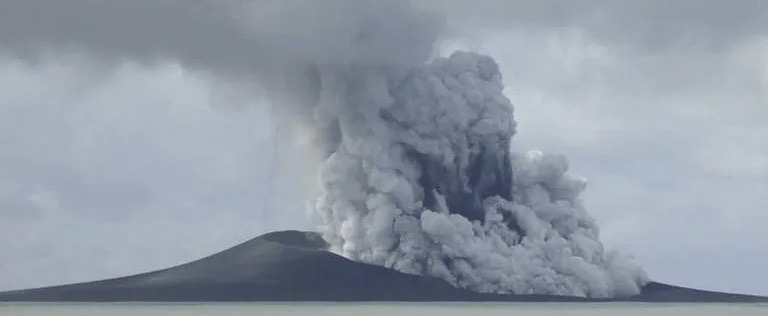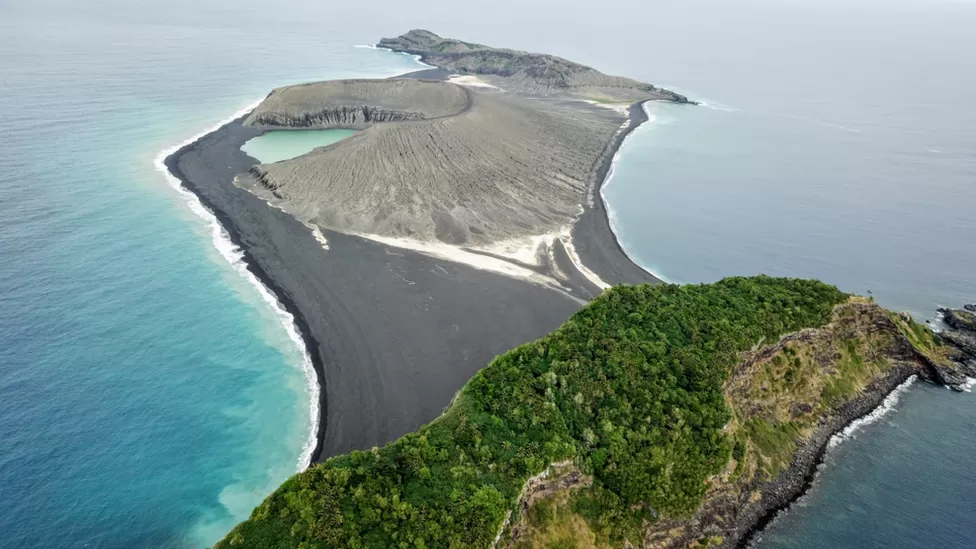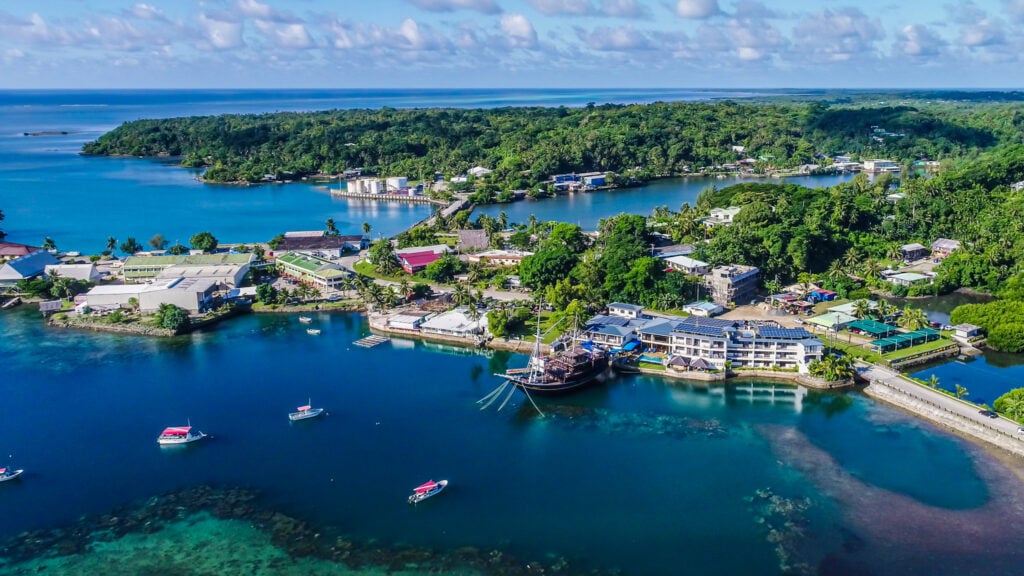Ahyi Seawall, an isolated underwater volcano is believed to currently erupting since October, but scientists are unsure because of its distant location which is very hard to reach
A volcano is likely erupting deep beneath the Pacific Ocean in the U.S Commonwealth of the Northern Mariana Islands, but scientists don’t know for sure because it’s so inaccessible.
All indications are that the Ahyi Seamount began erupting in mid-October, the U.S Geological Survey said Monday. The Northern Marianas are about 3,800 miles (6,115 kilometers) west of Honolulu.
Scientists are looking to see if the activity is shallow earthquakes or if material exploded from the crater, said Matt Haney, a USGS research geophysicist. Satellite observations show the water is discolored, which suggests material is coming out of the volcano, he said.
“There’s nothing right now that suggests that this eruption will intensify and become a large eruption,” Haney said.
Still, mariners would want to avoid the immediate area, he said.
Activity from an undersea volcanic source was picked up last month by hydroacoustic sensors some 1,400 miles away (2250 kilometers) at Wake Island.
With help from the Laboratoire de Geophysique in Tahiti and data from seismic stations in Guam and Japan, scientists analysed the signals to determine the source of the activity was likely Ahyi Seamount, the USGS said in a statement.
Activity has been declining in recent days, the statement said.
Ahyi seamount is a large conical submarine volcano. Its highest point is 259 feet (79 meters) below the surface of the ocean. It’s located about 11 miles (18 kilometers) southeast of the island of Farallon de Pajaros, also known as Uracas.
“There are no local monitoring stations near Ahyi Seamount, which limits our ability to detect and characterize volcanic unrest there,” the agency said. “We will continue to monitor available remote hydrophonic, seismic, and satellite data closely.” The seamount is part of the Mariana Volcanic Arc, which is a chain of over 60 active volcanoes stretching over 600 miles west of and parallel to the Mariana Trench, the world’s deepest point.
This story was written by Jennifer Sinco Kelleher, originally published at AP News on 15 November 2022, reposted via PACNEWS.




